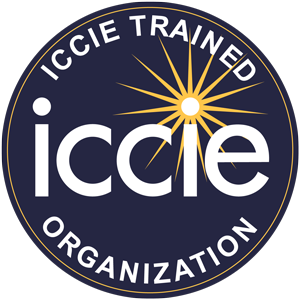Enterprise risk management (ERM) is a systematic approach to identifying, evaluating, and managing both insurable and non-insurable business risks. It is critical to any organization’s operations as it helps businesses identify and mitigate risks that could negatively impact their goals, objectives, and reputation.
What is Enterprise Risk Management (ERM)?
ERM is a comprehensive and integrated approach to risk management that looks at all risks in the organization and aims to mitigate them consistently. ERM involves identifying, assessing, prioritizing, and managing risks across all levels of the organization. It helps businesses create a risk-aware culture that enables them to identify risks early, respond quickly, and take advantage of opportunities.
Why Do Businesses Need Enterprise Risk Management?
The business environment is constantly changing, and risks are evolving. A business that is not prepared to handle these risks can suffer significant losses, reputation damage, and other negative impacts. ERM helps businesses to prepare for the risks they face by ensuring that they have a clear understanding of their risks and are adequately prepared to manage them.
Benefits of Enterprise Risk Management
- Improved Decision Making: ERM provides a framework for analyzing risks that can help businesses make informed decisions.
- Better Allocation of Resources: By identifying and prioritizing risks, ERM can help businesses allocate their resources more effectively.
- Increased Resilience: ERM helps businesses to build resilience by preparing them to respond to risks and to recover quickly from any negative impacts.
- Cost Savings: ERM can help businesses reduce losses from risks, which can lead to cost savings in the long run.
- Competitive Advantage: ERM can give businesses a competitive advantage by helping them to manage risks more effectively than their competitors.
Implementing ERM
Implementing an ERM program involves several steps, including:
- Risk Identification: Identifying all potential risks to the organization, including operational, financial, strategic, and other risks.
- Risk Assessment: Assessing the likelihood and impact of each risk on the organization.
- Risk Mitigation: Developing strategies to mitigate risks, including risk avoidance, risk transfer, risk reduction, and risk retention.
- Monitoring and Reporting: Monitoring risks to ensure that they remain within acceptable levels and reporting on them to stakeholders.
Enterprise Risk Management is a crucial aspect of any organization’s operations. It helps businesses identify and mitigate risks, create a risk-aware culture, and build resilience. By implementing ERM, businesses can make informed decisions, allocate resources more effectively, and gain a competitive advantage. If you’re interested in implementing an ERM program in your organization, consult with a risk management expert who can help you develop a tailored approach that fits your specific needs.



